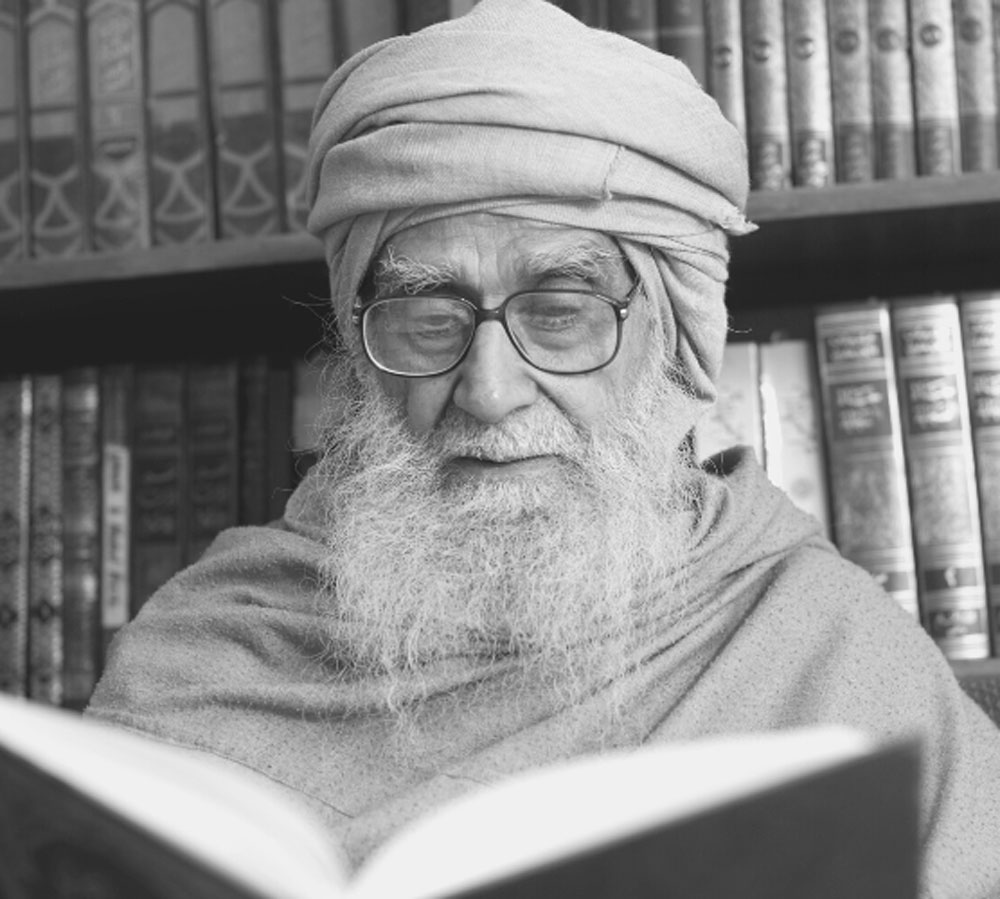In his article ‘Lessons From History’, Khan argues that the rise of Japan and Germany after World War II tells us that the power of peace is greater than the power of war. Khan writes that Japan and Germany participated in World War II (1939 – 1945) with parallel ambitions i.e. of becoming number one countries in Asia and Europe, respectively. However, in the course of six years both Germany and Japan were forced to sacrifice numerous lives and resources with widespread devastation. However at the end of the war, Khan writes that leaders arose in both these countries, “who in their wisdom, saved their people from becoming victims of negative thinking.”
Khan quotes Japanese Emperor Hirohito’s radio address to the people on August 15, 1945, after the country’s defeat:
“It is according to the dictates of time and fate that we have resolved to pave the way for a grand peace for all the generations to come by enduring the unendurable and suffering what is insufferable.”
Khan substantiates his argument and says, “This message sent out by Japan’s Emperor, aimed as it was at building a progressive future for the country, indicated a clear-cut line of action to the Japanese people. Thus Japan’s post-war planning did not include preparations for revenge. This peaceful planning worked, and within thirty years, Japan had emerged as the number one country of Asia.”
In Germany’s case, Khan writes that the first post-war Chancellor of Germany (1949 – 1963) German statesman Konrad Hermann Joseph Adenauer (1876 – 1967) led his country from the ruins of World War II “to being a productive and prosperous nation. A thorough statesman, who spearheaded Germany’s intellectual leadership, he planned his country’s future along peaceful lines – unlike his infamous predecessor, Adolf Hitler.”
According to Khan, these two experiences of the 20th century “serve as an eye-opener for all those who still think in terms of violence and believe that they can achieve their goals by fighting. Islamic history is likewise replete with similar experiences.”
Going further back in history, Khan also quotes the example of 13th century Tartar and Mongol armies attacking the Abbasid Caliphate, destroying everything from Samarqand right up to Aleppo.
Khan writes that in this process Muslims and Mongols clashed leaving Muslims completely demoralized. However, a new situation developed and Muslims started abandoning violence and engaged in peace missions. Khan quotes British orientalist TW Arnold (1864 – 1930) and Lebanese-American scholar Philip K Hitti to substantiate his arguments.
Arnold in his book The Preaching of Islam wrote that this peaceful process resulted in the majority of the Mongols accepting Islam. Thus, the problem that could not be solved by war was solved through peace. Narrating this story, Hitti had also observed, “The religion of the Moslems had conquered where their arms had failed”, writes Khan.
According to Khan, war is perpetrated under the influence of negative thinking, and so its result is also negative. On the other hand, peaceful planning is engaged under the influence of positive thinking. That is why the peaceful method invariably proves to be successful.
Khan advises would-be combatants to look into mankind’s past recorded in books which are readily available in libraries across the world before rushing into battlefields.
“Only after making a thorough study of the annals of history – which tells us about the negative and positive aspects of the events of human life over the past millennia – should they plan their future actions,” writes Khan.
Khan concludes with a verse from the Quran, ‘Travel about the land and see what was the end of the deniers.’ (6:11)
Subscribe
CPS shares spiritual wisdom to connect people to their Creator to learn the art of life management and rationally find answers to questions pertaining to life and its purpose. Subscribe to our newsletters.
![]() Daily Dose of Wisdom
Daily Dose of Wisdom

